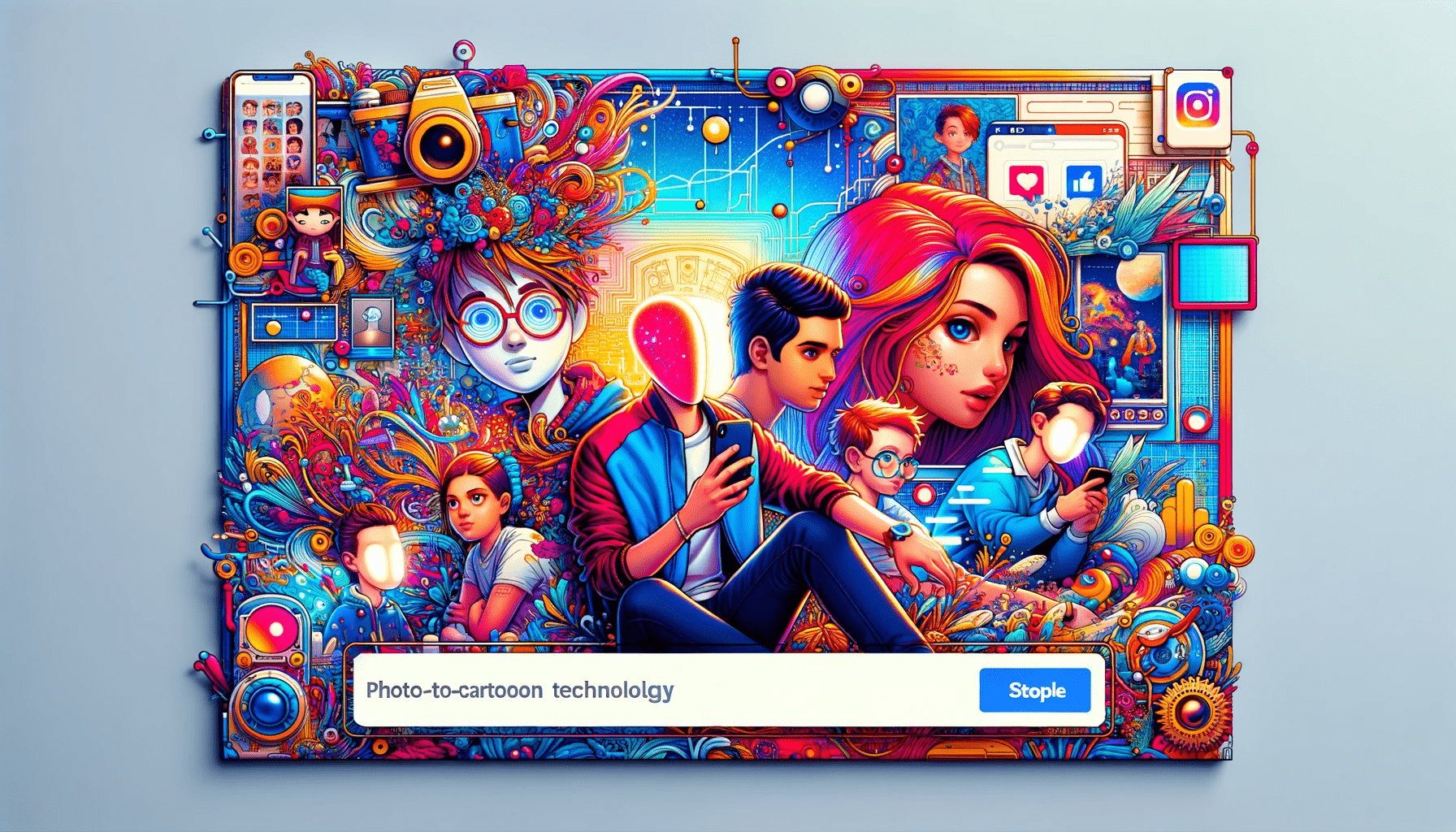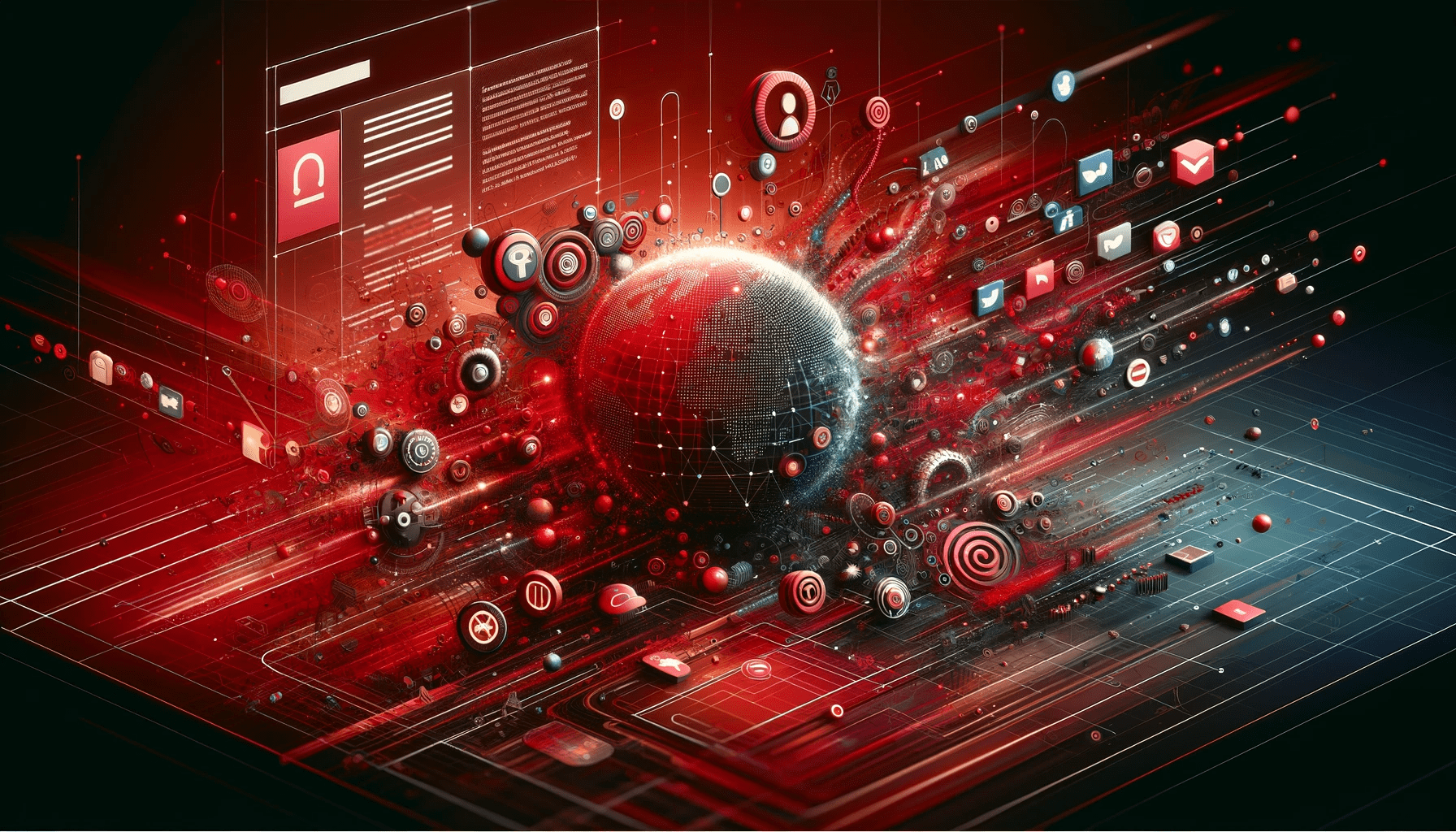- SocialBook.io
SocialBook.io stands out in the photo to cartoon landscape for its user-friendly interface and a diverse range of cartoon effects. Catering to both novices and tech-savvy artists, SocialBook.io offers versatility in converting selfies into detailed anime characters or creating digital sketches, ensuring the original photo’s essence is preserved. - ToonMe
ToonMe has rapidly become synonymous with transforming photos to cartoons. Its AI excels in capturing and translating facial expressions into various artistic styles, making it a favored choice for those seeking a personalized and enjoyable avatar. - Cartoonify
Cartoonify is the epitome of simplicity in the free photo to cartoon domain. It’s designed for effortless use; just upload a photo and let the AI create a cartoon version that remains true to the original’s spirit. - Prisma
Prisma is more than just a photo to cartoon tool; it’s a comprehensive artistic suite. It appeals to those who view their photos as a canvas for artistic creation, offering a range of filters that extend beyond cartoon styles to oil paintings and more. - Photo to Cartoon Online Tool
This tool, although unnamed, is gaining traction for its ability to easily convert photos to cartoons for free. It’s accessible, efficient, and perfect for those wanting to quickly transform their images into charming cartoons without any hassle.
These photo to cartoon tools are not just about entertainment; they play a significant role in various aspects like social media content creation, personalized avatars, and artistic projects. In the realm of Web3, the use of these tools takes on a new dimension. They align with the ethos of Web3 by emphasizing personalization, digital ownership, privacy, and creative expression. Whether it’s for creating NFTs or evolving digital identities, the impact of these tools in the Web3 space is substantial, offering a blend of social engagement, interoperability, and potential economic opportunities.
In summary, the trend of converting photos to cartoons, whether for free or through specialized online platforms, is more than just a style choice. It represents a significant shift in how we express ourselves digitally, resonating with the evolving dynamics of personal identity in the digital world.
Online tools that convert photos to cartoons serve various purposes, offering both practical and creative uses. Here are some key applications:
- Entertainment and Fun: These tools are often used for entertainment, allowing users to transform their photos into unique, cartoon-like images. This can add a whimsical or humorous touch to ordinary pictures.
- Social Media Content: People frequently use these tools to create eye-catching, fun content for social media platforms. Cartoons generated from personal photos can make posts more engaging and visually appealing.
- Personalized Avatars: Users can create cartoon avatars from their photos for use in various online platforms. These avatars offer a way to maintain privacy while having a personalized representation on forums, gaming platforms, or social networks.
- Artistic and Creative Projects: Artists and designers may use these tools to generate initial sketches or concepts based on real-life images. It’s a quick way to create a cartoon version of a subject that can later be refined.
- Education and Learning: In educational settings, such tools can be used to make learning more fun and engaging for students, especially younger ones. Turning educational material into cartoon form can make it more accessible and enjoyable.
- Marketing and Advertising: Businesses can use these tools to create unique marketing materials. Cartoons derived from real photos can make advertisements more relatable and attention-grabbing.
- Gifting and Memorabilia: Creating cartoon versions of personal photos can be a unique gift idea. These cartoons can also serve as creative memorabilia for events like weddings, anniversaries, or birthdays.
- Storytelling and Comics: For those interested in creating their own stories or comics, these tools can help in visualizing characters based on real people, adding a personal touch to their narratives.
- Profile Pictures: For online profiles, users often prefer a level of anonymity but still want a personalized image. Cartoon versions of their photos can strike this balance.
- Cultural and Artistic Exploration: These tools can also be used to explore different art styles and cultural representations in a cartoon format, offering a new perspective on familiar images.
Photo TO Cartoon in Web3, Impact, Evolution and Effects.
The trend of using photo-to-cartoon conversion tools in the context of Web3 avatars represents an interesting intersection of technology, personal identity, and digital representation. Here’s how this trend aligns with the principles and ethos of Web3:
- Personalization and Unique Identity: Web3 emphasizes individuality and ownership. By converting personal photos into cartoons for avatars, users can create unique digital identities that are both personal and distinctive, aligning with the decentralized and individual-centric nature of Web3.
- Digital Ownership: In the Web3 space, the concept of ownership extends to digital assets. Cartoon avatars created from personal photos can be owned in a more tangible way, potentially as non-fungible tokens (NFTs), ensuring that the user retains control over their digital representation.
- Privacy and Anonymity: While Web3 values transparency in transactions, it also respects user privacy. Cartoon avatars offer a way for individuals to engage in digital spaces without revealing their actual identity, providing a balance between personal expression and privacy.
- Community and Social Interaction: These cartoon avatars can be used across various decentralized platforms and communities, fostering a sense of belonging and engagement. They can be particularly popular in virtual worlds, social media platforms, and gaming environments within the Web3 ecosystem.
- Creative Expression and Artistic Value: The artistic aspect of these cartoons ties in with the Web3 ethos of valuing digital art and creativity. Users can express themselves not just through the image itself but also through the artistic style of the cartoon, which can range from simplistic to highly artistic.
- Interoperability: In Web3, there’s a growing emphasis on interoperability across different platforms and ecosystems. A cartoon avatar, once created, can be used across various decentralized applications (dApps), social platforms, and virtual environments, enhancing the user’s digital presence across the Web3 space.
- Economic Opportunities: These avatars can also have economic implications. For instance, if they are minted as NFTs, they can be traded, sold, or used within various Web3 applications, potentially providing economic benefits to the owner.
- Evolution of Digital Identity: In Web3, the concept of digital identity is evolving to be more dynamic and multifaceted. Cartoon avatars are a step towards a more flexible and creative form of digital identity, allowing users to represent different aspects of their personalities and interests.
In summary, the trend of converting photos to cartoon avatars in Web3 is more than just a stylistic choice. It embodies the principles of personalization, digital ownership, privacy, and creative expression that are central to the Web3 ethos, while also offering practical benefits in terms of social engagement, interoperability, and economic opportunities.


